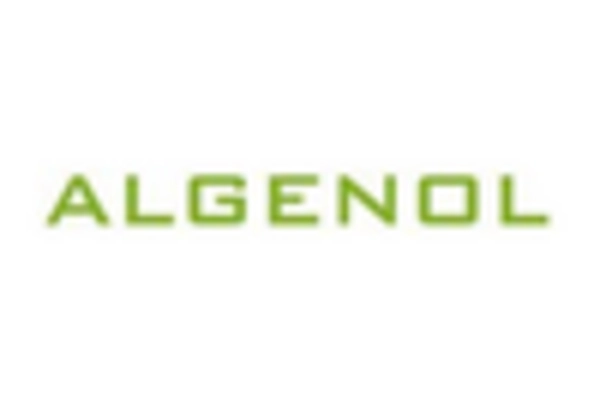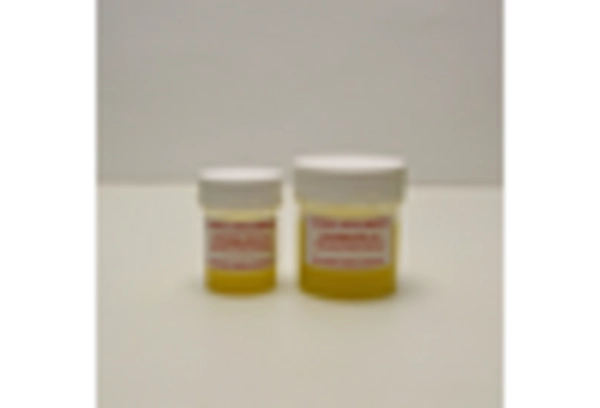Market Share
Microalgae Market Share Analysis
The Microalgae Market, situated at the intersection of the food, healthcare, and energy sectors, witnesses companies adopting diverse strategies to secure and enhance their market share. Differentiation stands out as a crucial approach, with companies focusing on cultivating unique strains of microalgae that offer specific nutritional benefits or have applications in various industries. This could involve developing microalgae rich in omega-3 fatty acids for nutritional supplements, cultivating strains suitable for biofuel production, or creating varieties with high antioxidant content for the cosmetics industry. By providing distinctive and value-added microalgae products, companies can cater to specific market needs and establish a unique market position.
Cost leadership is another pivotal strategy within the Microalgae Market. Some companies aim to become efficient cultivators, allowing them to offer competitive prices for their microalgae products. This strategy involves optimizing cultivation processes, utilizing cost-effective growth mediums, and achieving economies of scale. By providing affordable yet high-quality microalgae options, companies adopting cost leadership strategies can attract a broader customer base, including food and beverage manufacturers, pharmaceutical companies, and biofuel producers looking for cost-effective raw materials.
Niche targeting is prevalent in market share positioning for microalgae brands. Instead of catering to the entire market, some companies focus on specific niches or applications. For example, a brand might specialize in producing microalgae suitable for aquaculture feeds, targeting the growing demand for sustainable and nutrient-rich ingredients in the fish farming industry. By concentrating efforts on a niche, companies can build expertise, establish strong relationships within specific customer segments, and solidify their market position in those specialized areas.
Collaboration and partnerships play a significant role in the Microalgae Market. Companies are forming alliances with research institutions, universities, or industry partners to enhance their offerings and expand their knowledge base. Collaborative efforts may involve joint research projects, co-development of technologies, or strategic partnerships with distributors to penetrate new markets. Through collaboration, microalgae producers can leverage shared resources and expertise, ultimately strengthening their overall market position.
Customer-centric approaches are fundamental in the microalgae industry, where understanding and addressing customer needs and preferences is crucial. Successful companies invest in research to stay attuned to evolving trends in nutrition, sustainability, and biotechnology. Whether providing microalgae with specific nutritional profiles, addressing clean-label demands, or ensuring consistent quality and traceability, customer-centric strategies are essential for staying competitive in a market driven by diverse applications and evolving consumer preferences.

















Leave a Comment